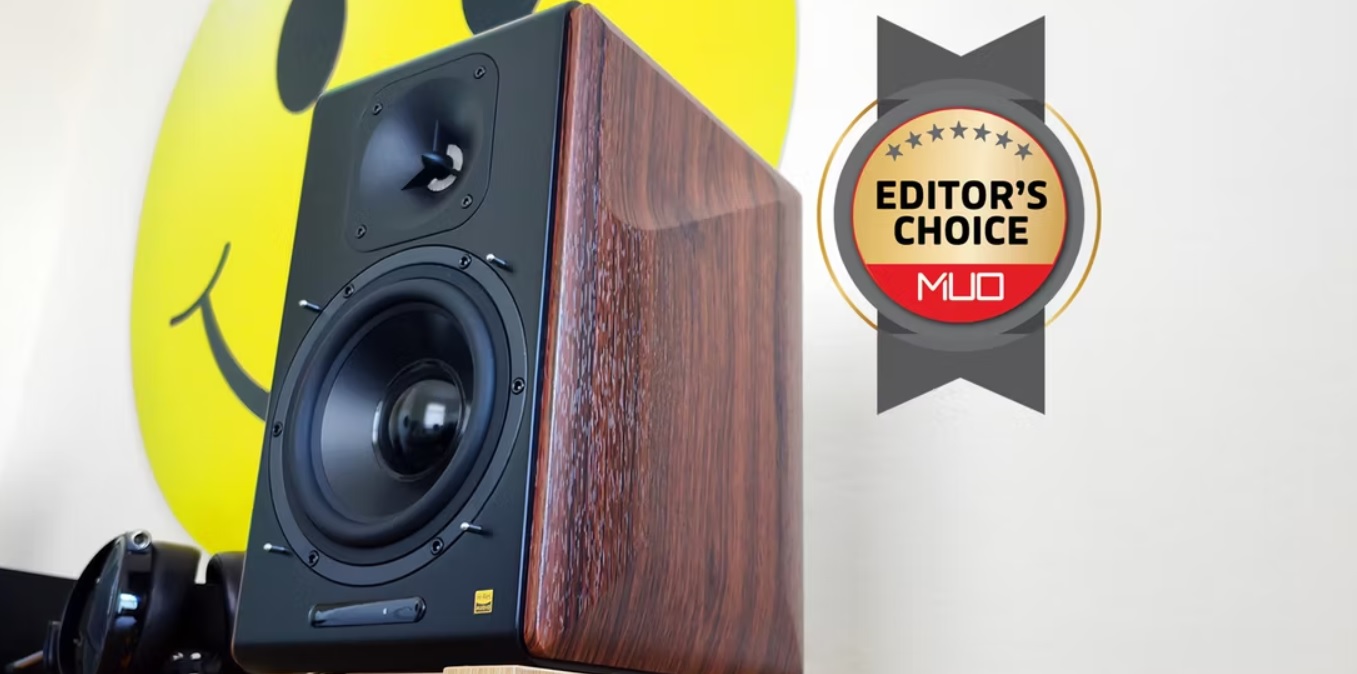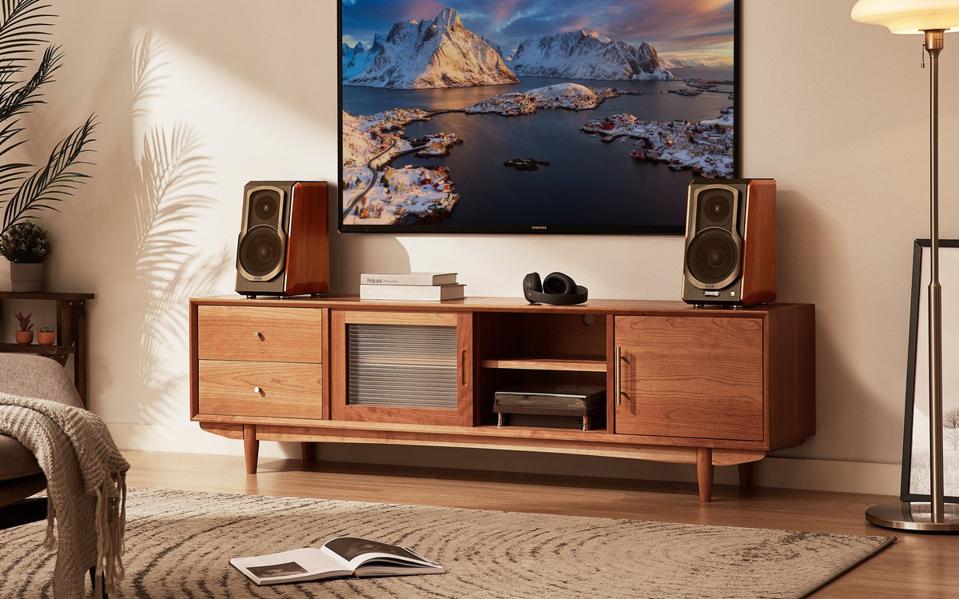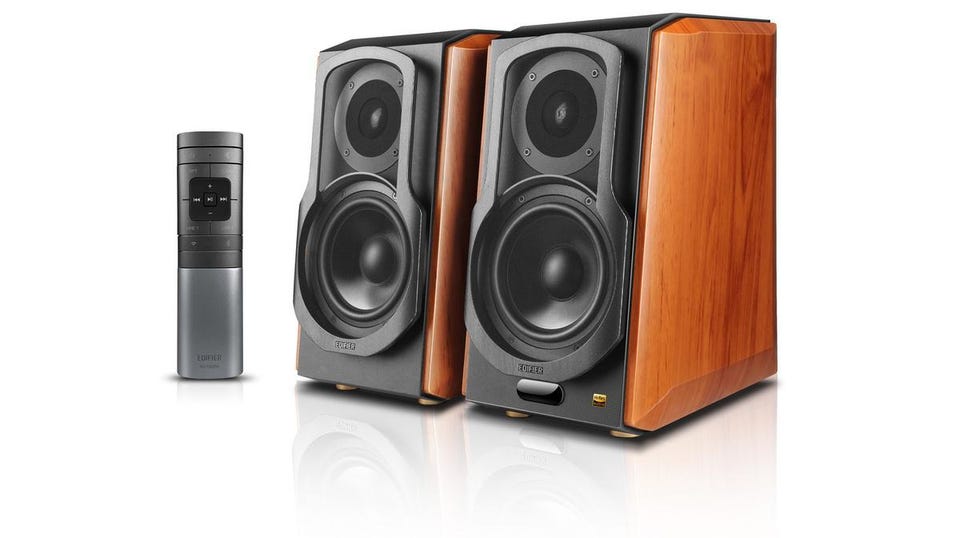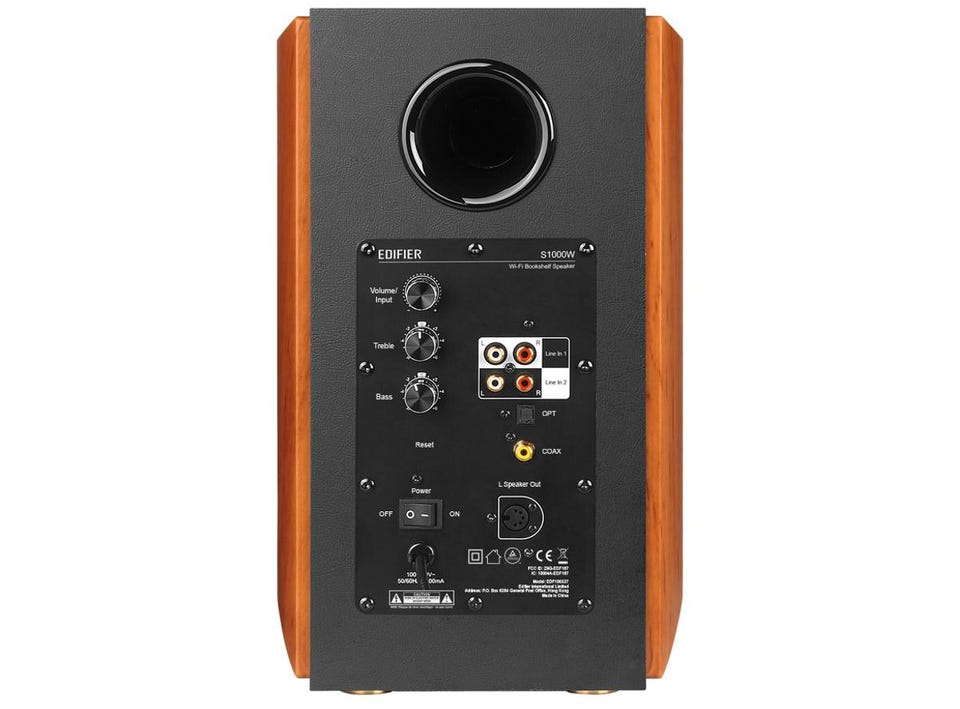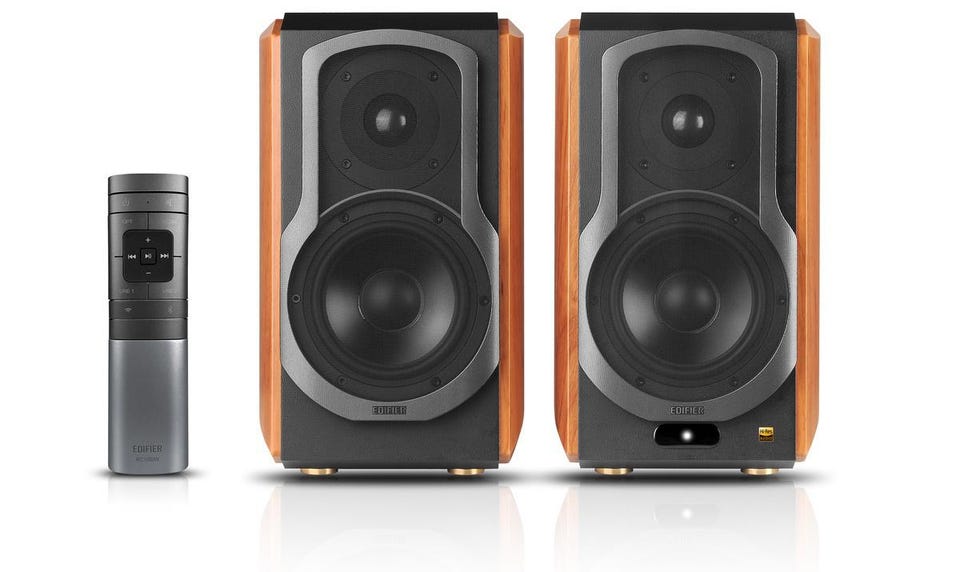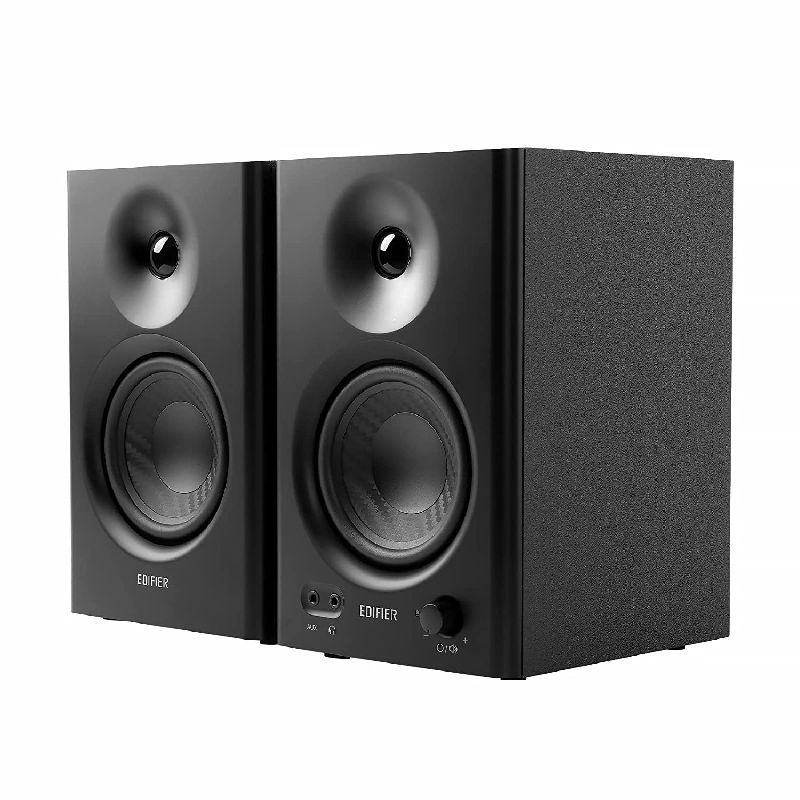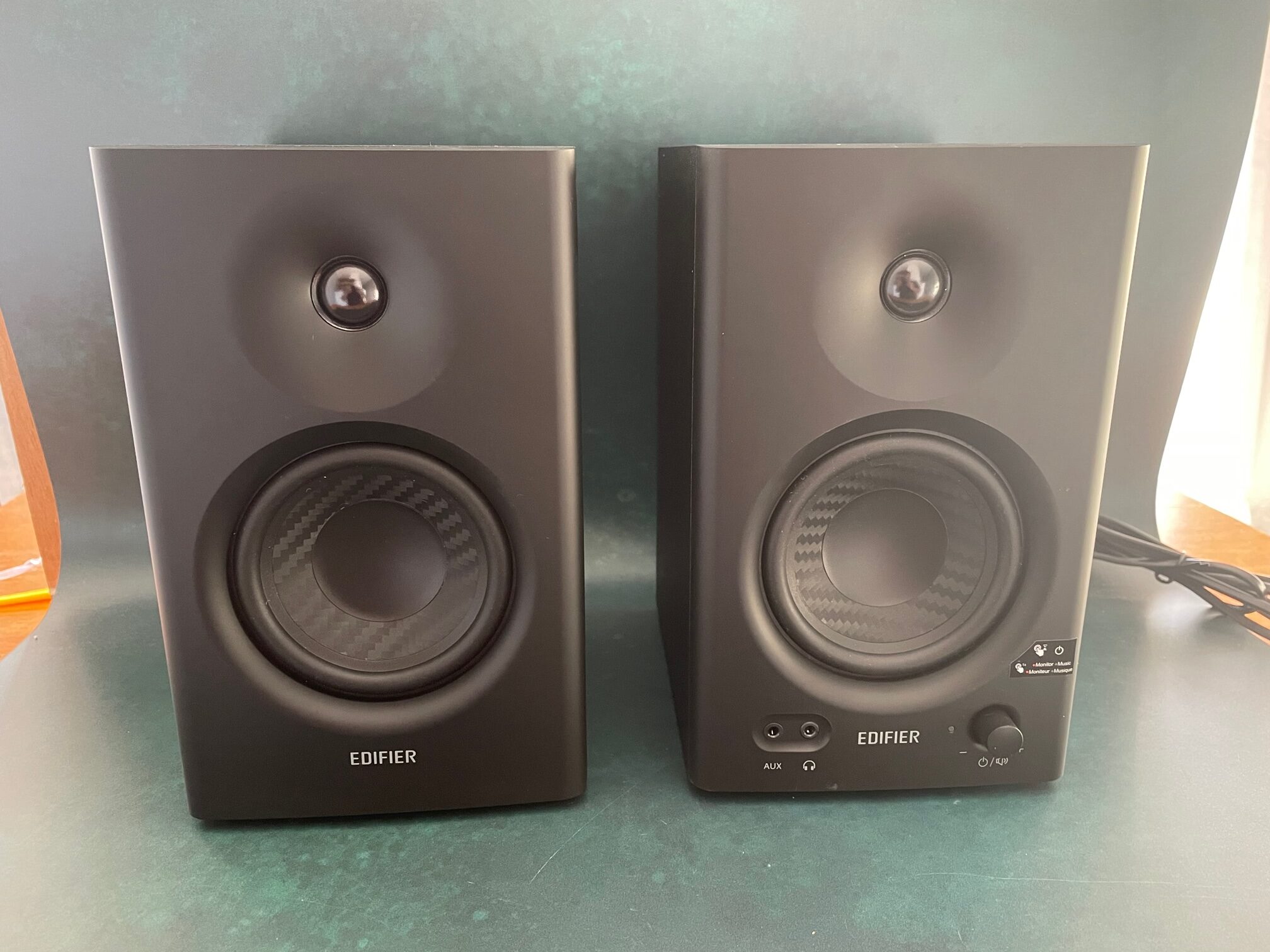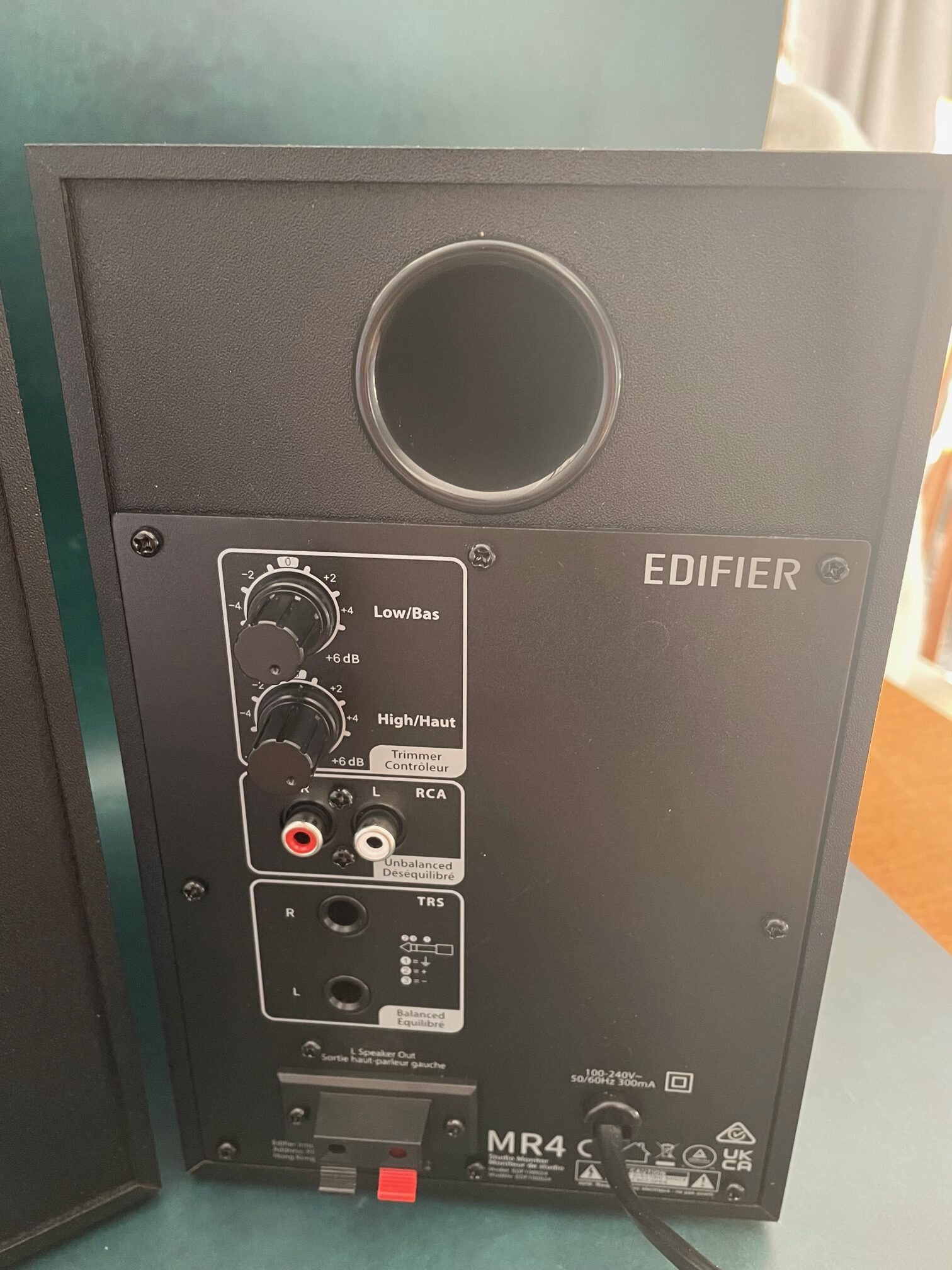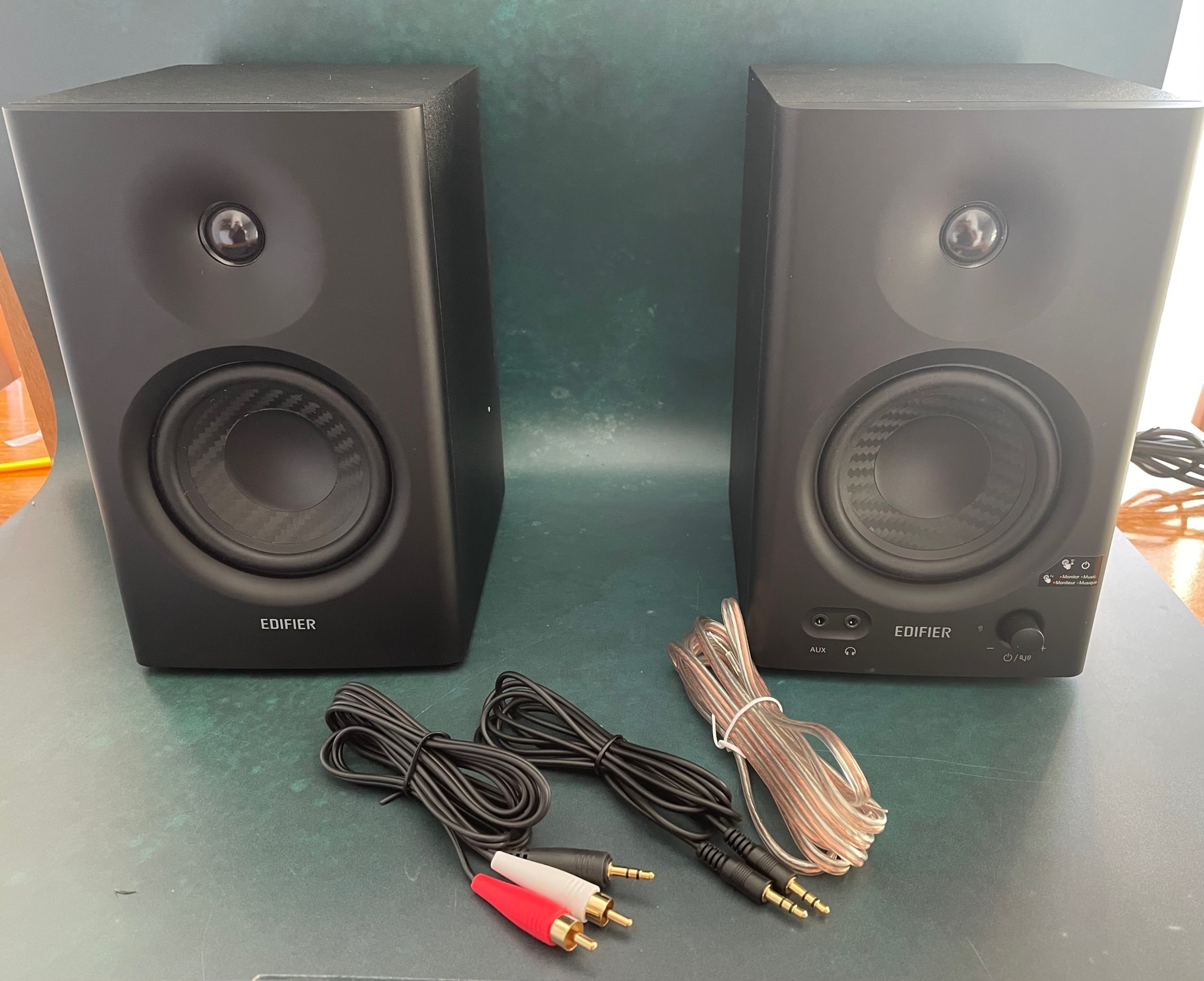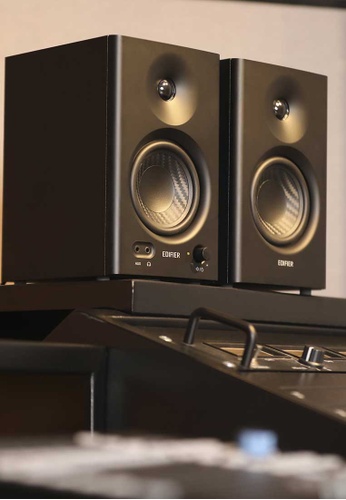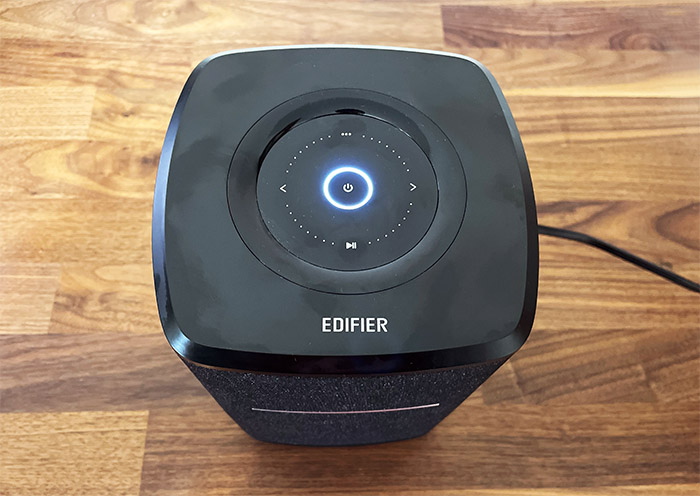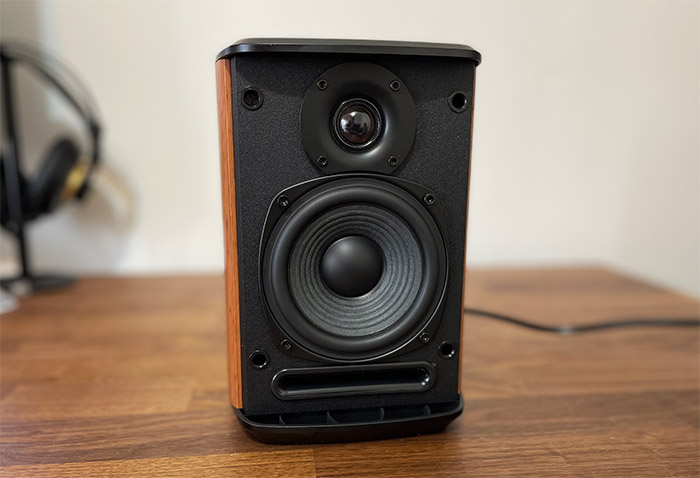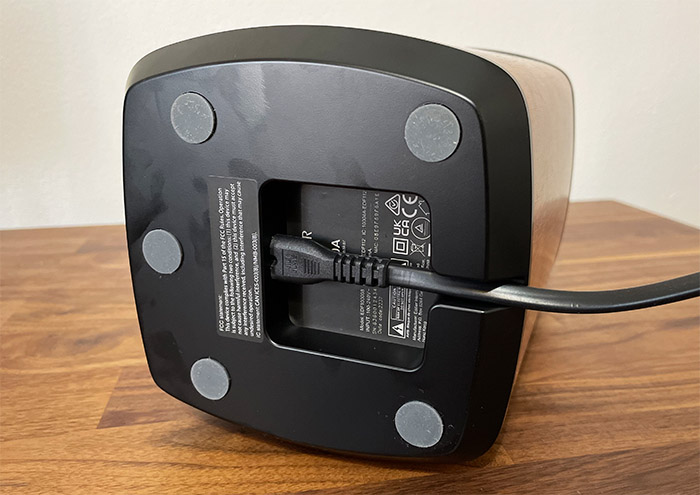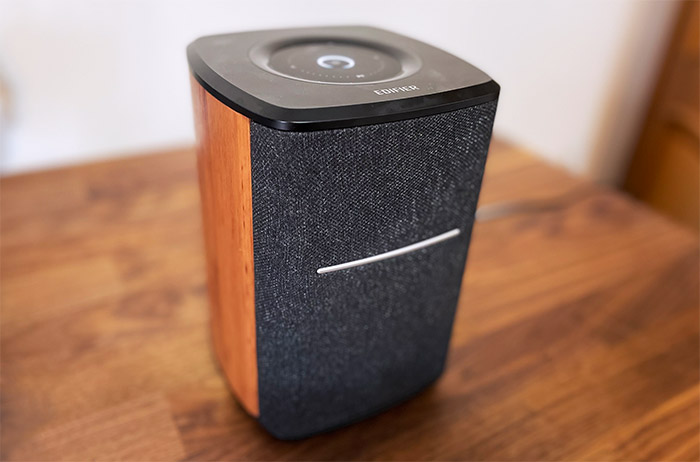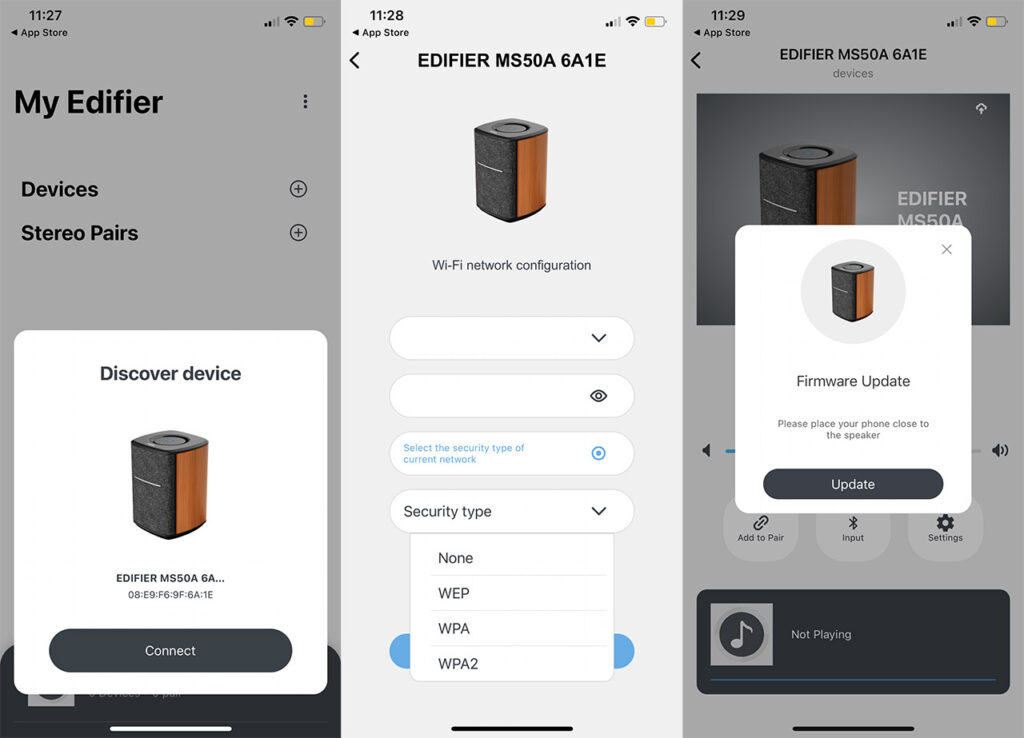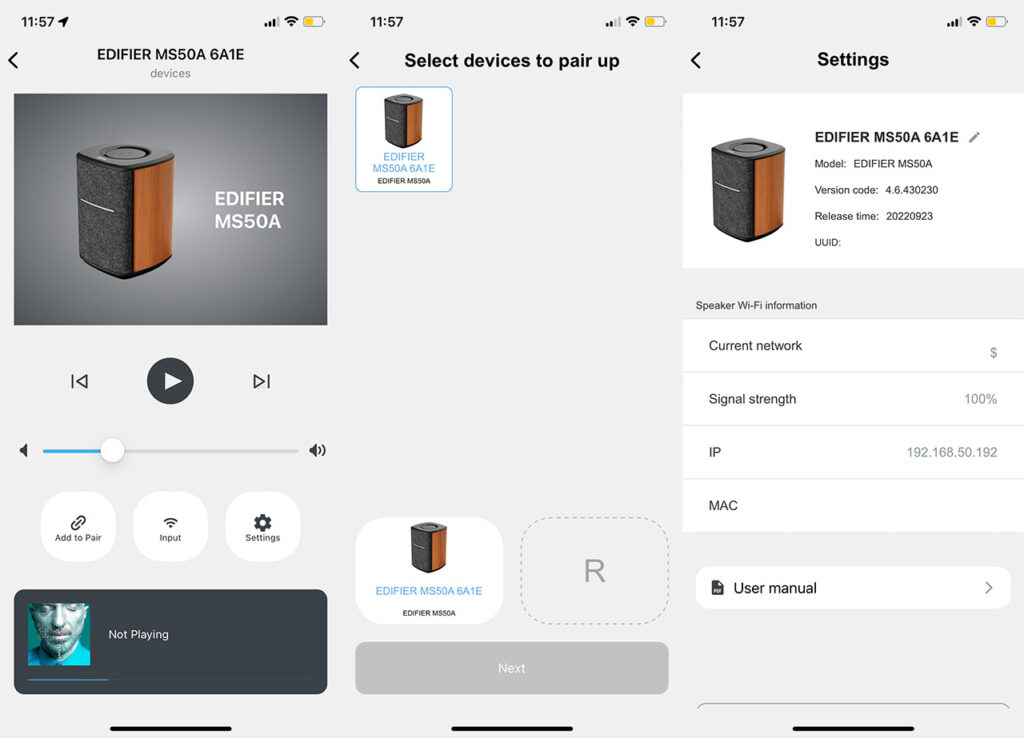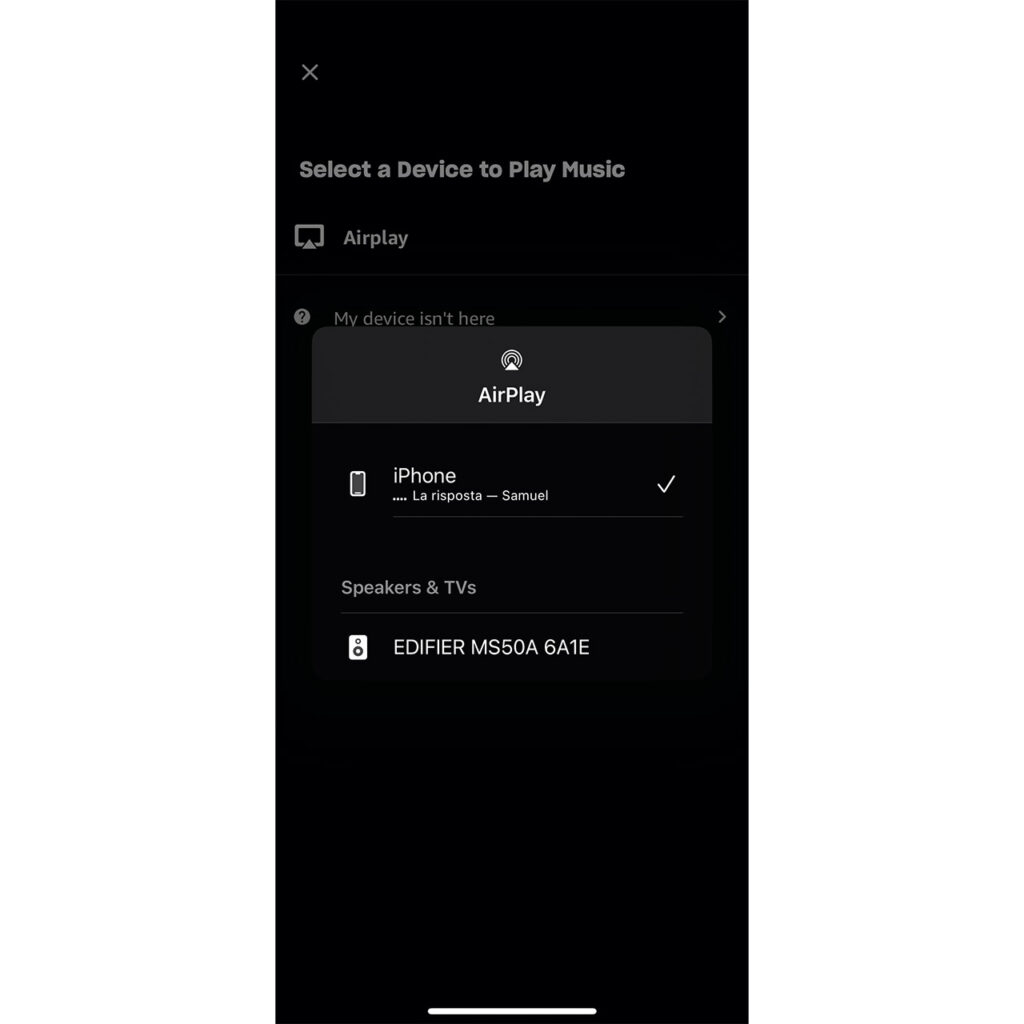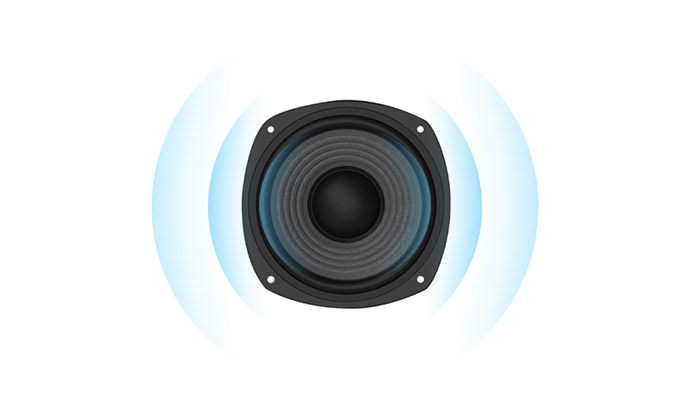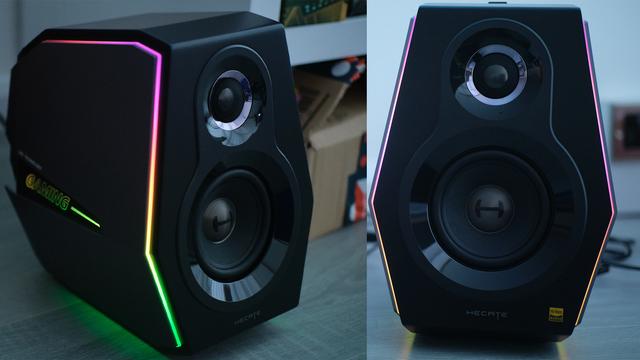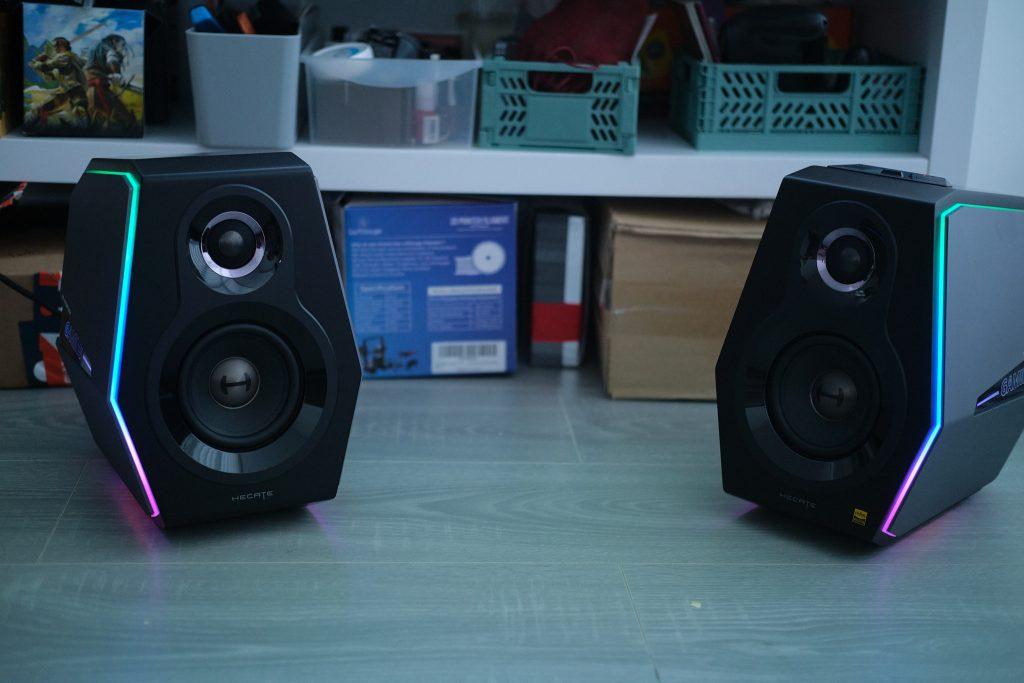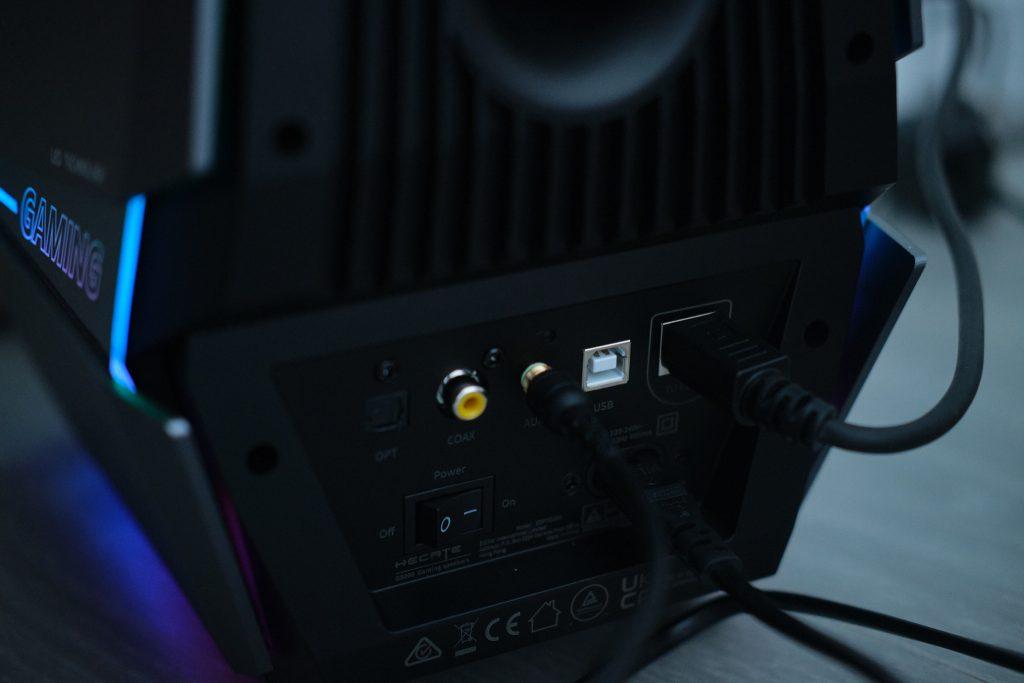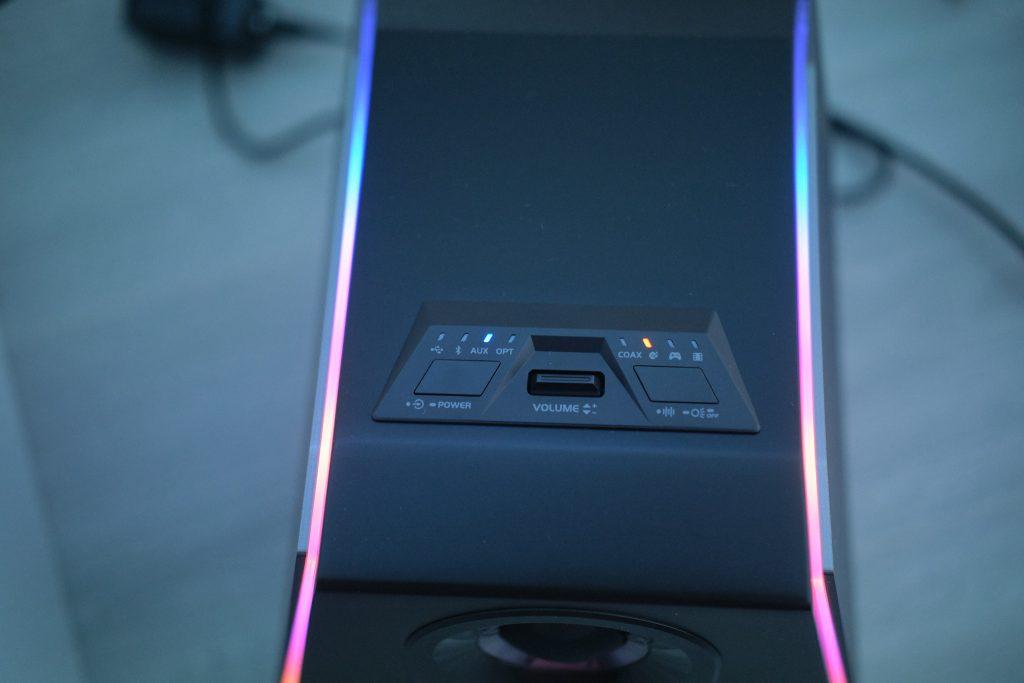The hulking Edifier S3000 Pro speakers are the latest of Edifier’s devices to hit our testing room, and they pack a real punch.
Pushing the premium feel, Edifier steps up with the excellent audiophile quality S3000 Pro speakers. Cable free connection between speakers keeps your set-up clutter free, and the use of the KleerNet protocol and associated hardware means that you’re guaranteed that Hi-Res Audio that the S3000 Pro speakers have been certified for.
SPECIFICATIONS
- Bluetooth Connectivity?: Yes
- Input Type: Line In/Balance/Bluetooth/Optical/Coaxial/USB
- Dimensions: 368 x 356 x 232 mm
- Brand: Edifier
- Power: 2 x 8 W (Tweeter), 2 x 120 W (woofer)
- Connectivity: Bluetooth V5.0, KleerNet
Speaker configuration: Wireless or wired
PROS
- Superb sound reproduction
- Wireless connectivity between speakers
- Outstanding bass
- Hi-Res Audio Certification
CONS
- Quite big and heavy to be truly “bookshelf”
Hot off the back of our Edifier Stax Spirit S3 review comes another—this time much larger—review. as I look at (and listen to) what the brand’s flagship bookshelf speakers are all about: the S3000 Pro.
Unboxing the Edifier S3000 Pro Speakers
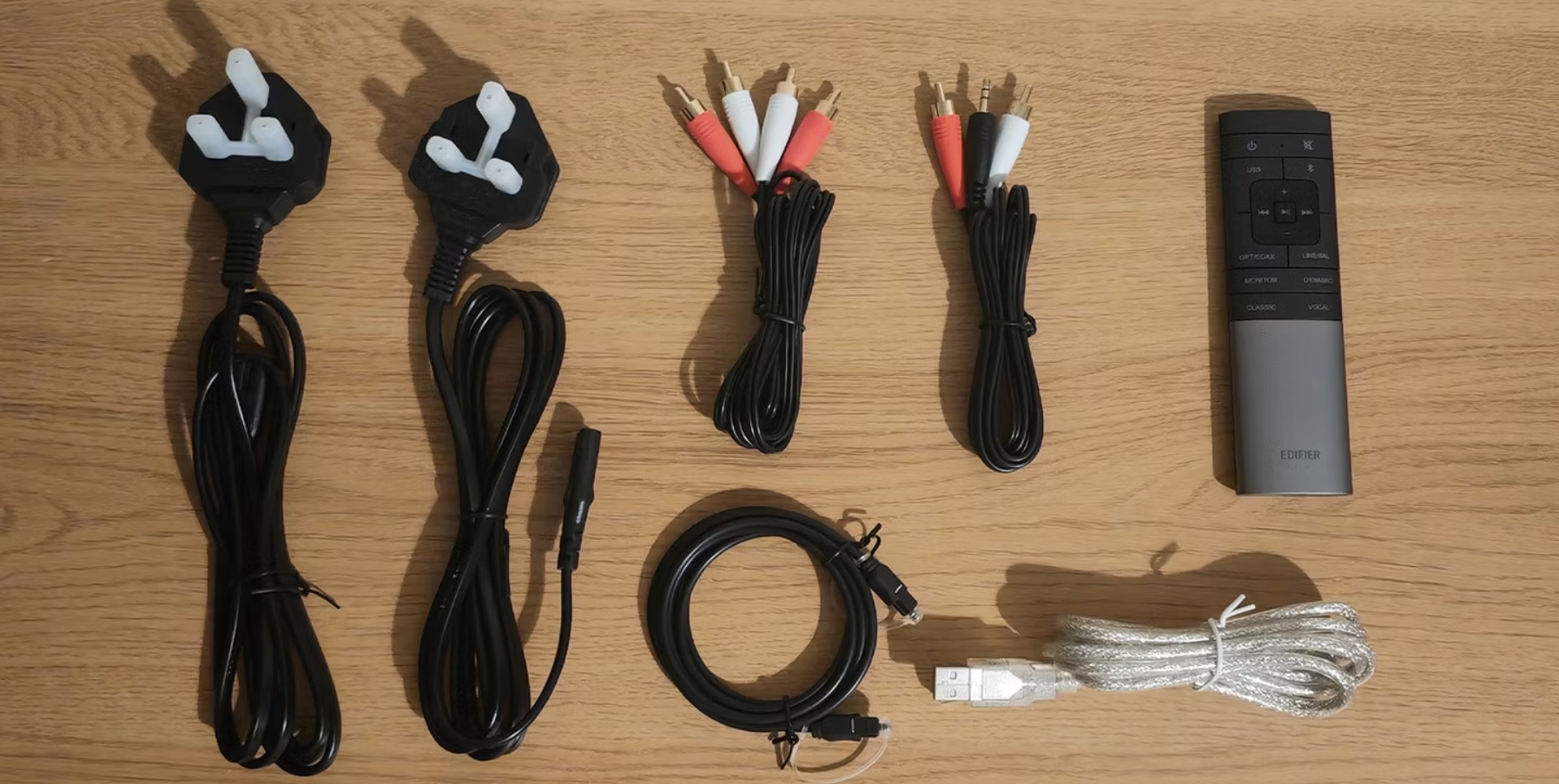
Before you even open them you’ll notice, for bookshelf speakers, they come in quite a sizeable box. It is pretty weighty, too, so it might be best to get someone to help you unbox these bad boys to avoid damaging them.
Once you’ve got the box open, you’ll find:
- Two S3000 Pro speakers
- One 3.5mm to RCA audio cable
- One RCA to RCA audio cable
- One Type-A to Type-B Data cable
- Fiberoptic audio cable
- Two power cables
- Remote control
- Device literature
Once you’ve got them out of the box, you’ll see precisely how big and weighty these speakers are.
Great-Looking Form Factor
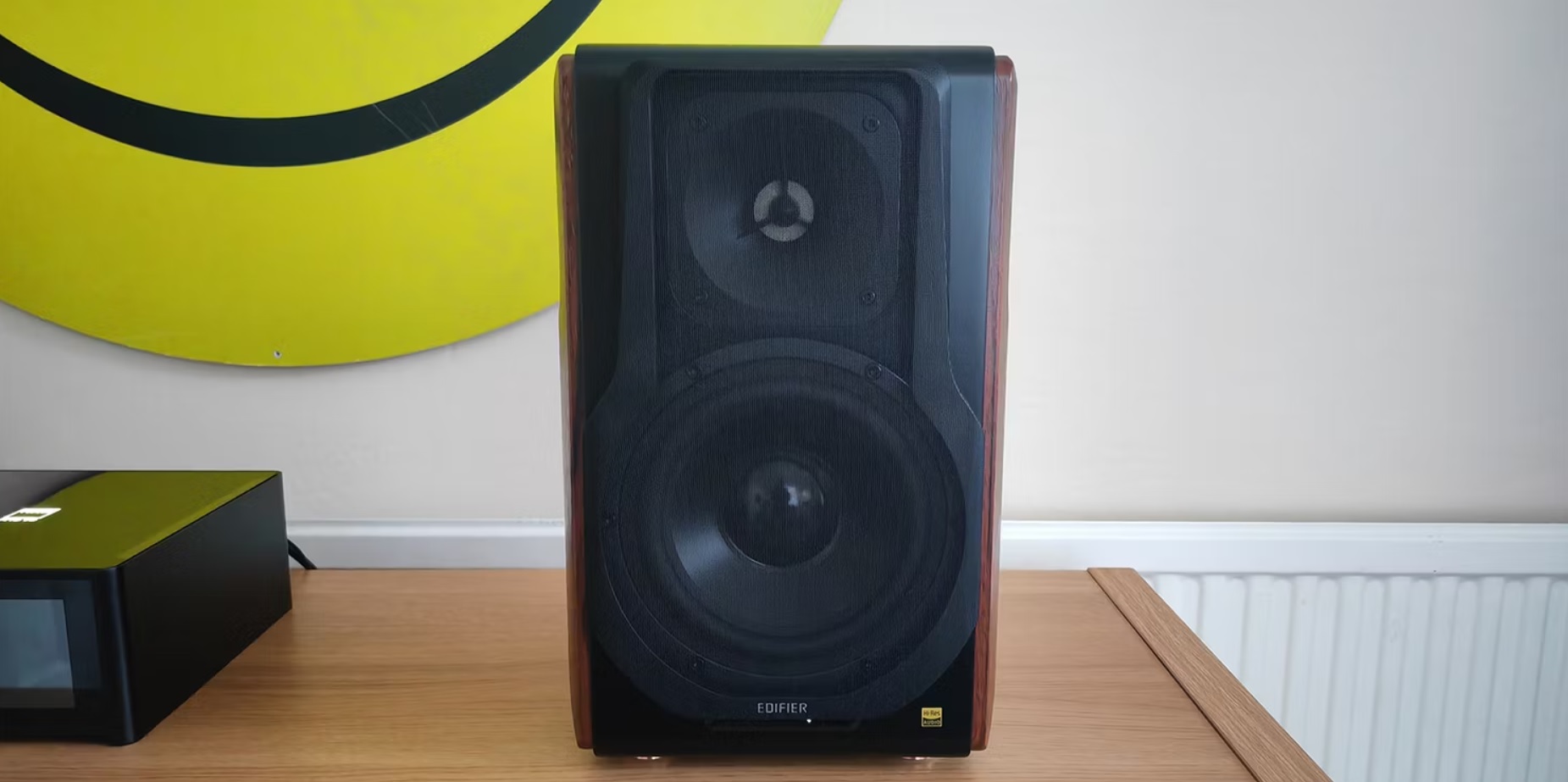
The appearance of the Edifier S3000s is very similar to almost all Hi-Fi speakers. They’re cuboidal, with your speaker array up front and your controls around the back of the active speaker (right channel).
Taking a full tour, the right speaker is where most of the action takes place, as this is the active speaker, as mentioned. They look identical from the front, with the removable silk cover hiding the 180mm aluminum alloy woofer at the bottom and the 107 x 107 mm planar silk tweeter at the top.
The cabinet is made of wood, with wood-effect side panels bearing a curiously space-aged notch (considering these speakers have a more traditional appearance).
The rear of the right speaker houses the controls, being the active member of the duo. Controls and inputs are located at the rear of this speaker, and there are plenty of them. You’ll find:
- The power switch
- Volume dial/input selection
- Treble and bass controls
- Pairing button for connecting to the passive counterpart
- Balanced input
- Line-in input
- USB digital audio input
- Coaxial input
- Power socket
The left speaker only features a power input, switch, pairing button, and a status indicator, so you know when you’ve paired the two speakers successfully.
It is of note that both speakers require a power cable, and thus both require power. The left speaker is only passive in the sense that it takes commands from the right speaker; you still need to plug it into a power source to get things working properly.
Overall, the cabinets measure 368 x 356 x 232 mm (14.5 x 14.0 x 9.13 inches), so they’re quite large, and they weigh in at 21.1kg (46.8lbs) for the pair. So they’re chunky, to say the least. If you plan on buying some to put on a shelf (rather than a cabinet or their own speaker stands), make sure it is deep enough and can take the weight because these are pretty big even by bookshelf speaker standards. Edifier refers to these as studio speakers, which might explain the size.
Edifier S3000 Pro Specs
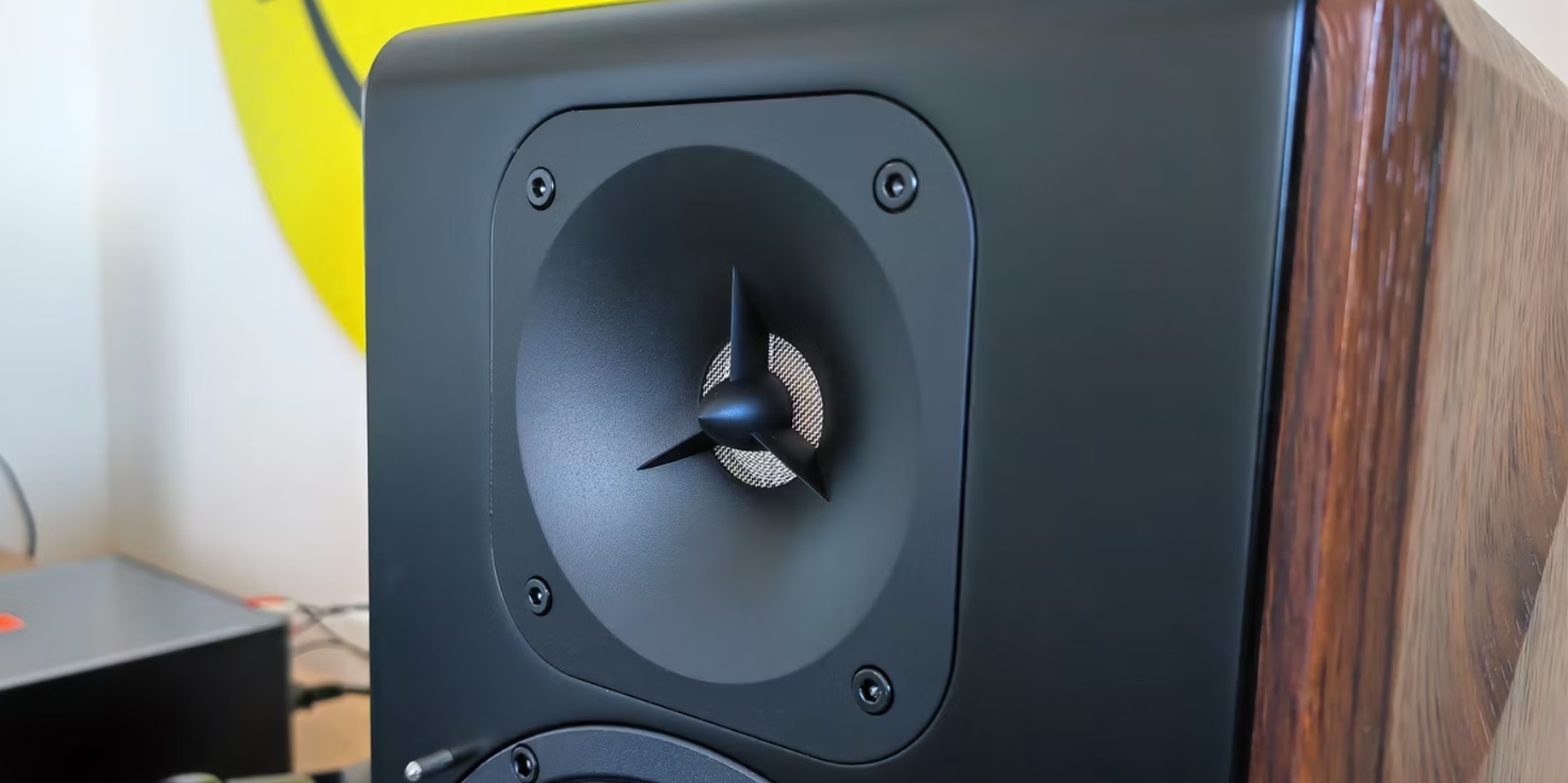
As these are wireless speakers, a fair bit is going on aside from the sonic specifications. However, we’ll deal with the sound first.
The S3000 Pro has a frequency response of 38Hz to 40kHz. Most people can’t hear bass frequencies much lower than the 30Hz range; this is a really deep sub-bass sound. The 40 kHz upper register is also likely to be lost on most human ears, which can generally only perceive frequencies up to 20 kHz—a number that can deteriorate through adulthood.
The signal-to-noise ratio is ≥85 dB, which is very respectable. Essentially, this refers to the signal power level vs. the noise power level. This ratio indicates that the signal power level is higher than the noise level, so this is good news. Most experts would say that an amplifier with an SNR of ≥90 dB is acceptable, so to get near this ratio with a set of powered speakers is great.
In terms of power output, you have 2 x 8W of treble, and 2 x 120W for mids and bass, giving you a total RMS output of 256W.

So, what else is going on with these speakers? Well, they use the KleerNet wireless protocol. If you think your Bluetooth speakers or headphones are doing a good job, then you need to really look into Kleer’s wireless technology.
To explain it briefly: Kleer allows music fans to stream 16-bit / 44.1kHz audio wirelessly, and thanks to its low latency, low power consumption, and exceptional interference resistance, it offers a better solution to streaming audio than Bluetooth, using the exact same frequency as Bluetooth does. It losslessly compresses the sound signal to achieve this.
The S3000 Pro speakers also have Bluetooth 5.0 support, and come with that all-important Hi-Res Audio certification, which means these carry a mark of quality, and they also boast support for Qualcomm’s aptX HD decoding. More good news!
Smooth Setup Experience
Weight aside, the Edifier S3000 Pro speakers are easy to set up. It’s a case of plugging each speaker into a power source and using a sim-tray poker (or something similarly slender) to press the pair button on the active speaker, then do the same on the passive speaker.
Once you have successfully paired the speakers, you can start using them immediately. No fussing with wires unless you plan to connect a wired source to them using the various inputs on the back of the right speaker. Other than that, pair them with your source, and off you go.
Note that the Edifier Connect app only supports headphones at this time.
Excellent Edifying Sound
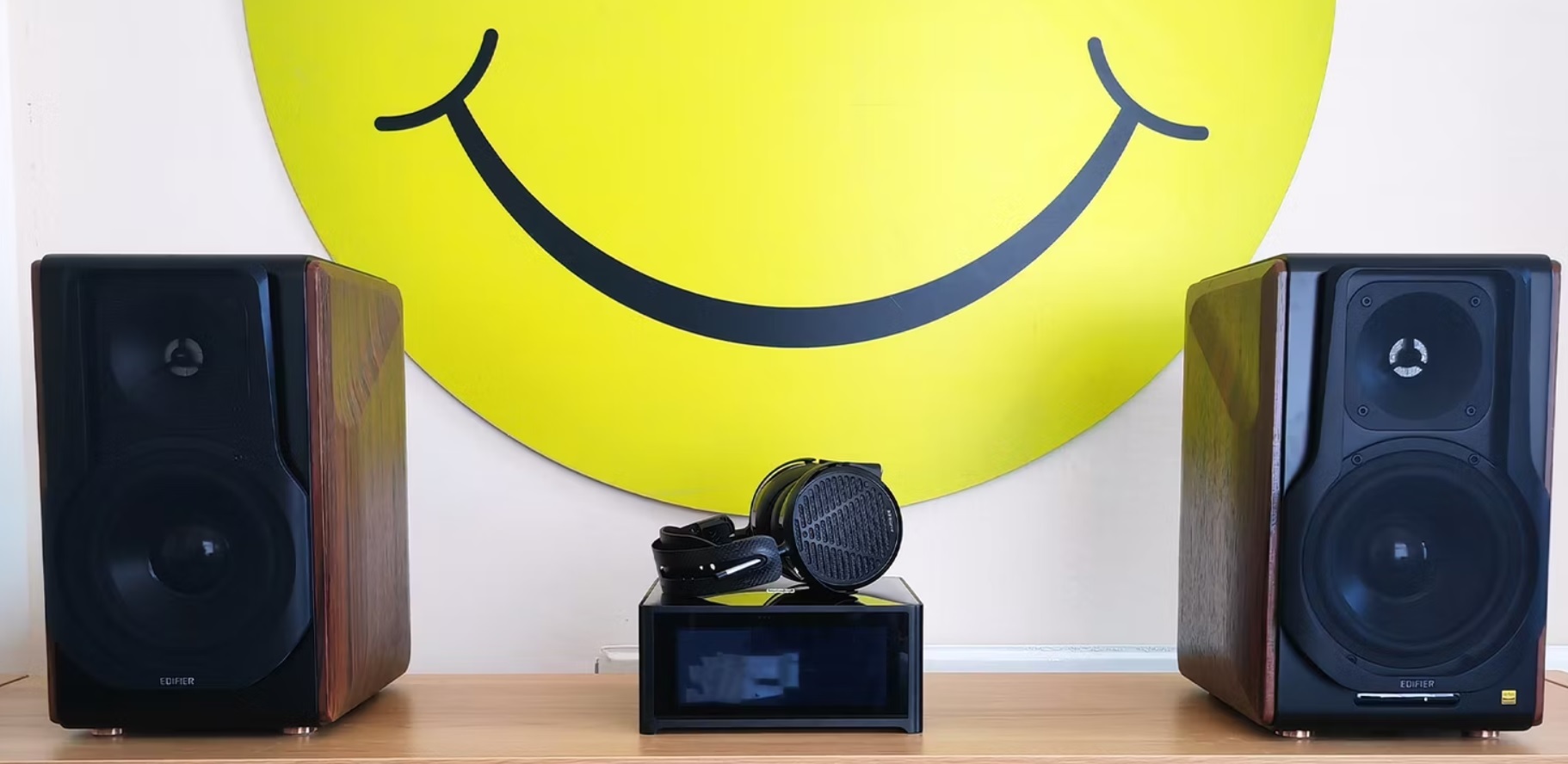
I’ll start by saying that, bluntly, the Edifier S3000 Pro are an excellent set of speakers, sound-wise. They offer fantastic clarity across all frequency ranges and as a result, are a wonderful listen.
At the bottom end of the register, we’ve got excellent bass with plenty of depth. Kicks sound punchy, and drums, in general, boom through the mix. On the mids, vocals and instruments are warm, and at no point do the S3000 Pro speakers sound muddy or nasal across the midrange, with upper mids representing crisply.
The trebles are sublime thanks to the planar silk tweeter (also known as a ribbon tweeter). Crystal clarity is the name of the game, here, with an airy quality at the very top end. I noticed no sibilance on cymbals and other high-pitched sounds, and prolonged listening caused no fatigue.
I was impressed with the sound of these speakers from the off, which hasn’t waned during continued use. Sound quality is excellent whether your source is wired (i.e. a streaming amp, such as the NAD M10 V2 I used—the caveat being that my Cambridge Audio amp has given up the ghost, so I could only listen wired via one channel with the M10) or wireless (such as your smartphone, which was my wireless source here). Note; all tracks were accessed via Tidal’s MQA service.
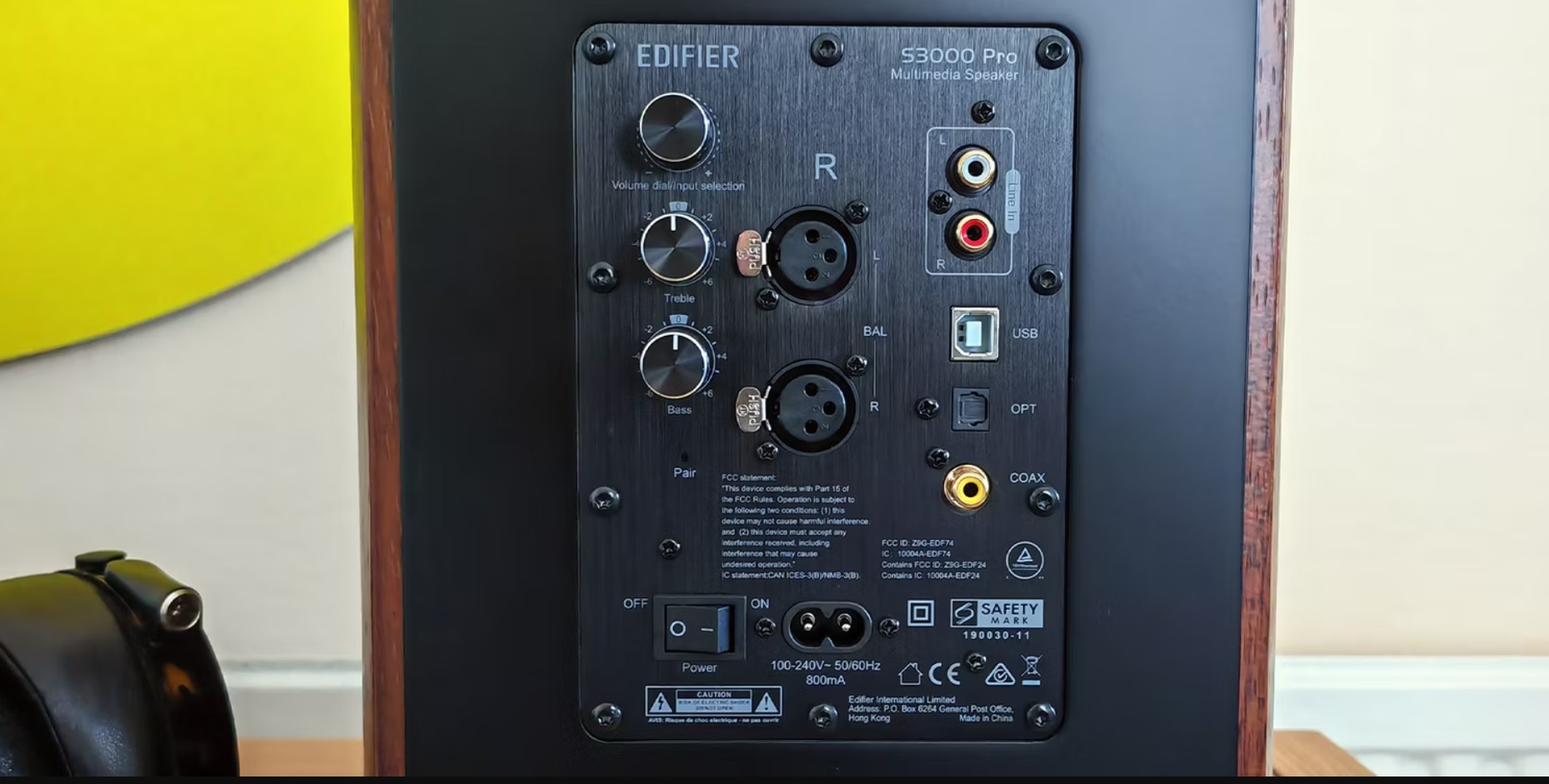
Listening to the remastered version of Leftfield’s 1995 album, Leftism, I was noticing subtle synth elements I had never noticed before. The bolder synth sounds all had a fantastic presence, with the iconic 303 oscillating through frequency ranges with excellent accuracy. This highlights the Hi-Res capabilities of the S3000 Pro.
On to some modern classical, and Ryuichi Sakamoto’s 2023 album—12. The piano here was texturally balanced, and the electronic soundscapes Sakamoto interweaves with his key work were remarkably intricate, despite the overall minimalism in the sound. Play the album through the S3000 Pro speakers and Sakamoto’s exhalations make it sound like he’s in the room with you.
Given the speaker’s performance across the range, you can also guarantee that vocal music will sound good. Such a Night by Dr. John, which contains a lot of midranges thanks to vocals and multiple instruments, affords a view of the soundstage and imaging. The soundstage is relatively wide, and imaging is excellent, allowing me to pick out instruments or vocalists (particularly the backing singers) in their spatial locations—an immersive experience.
So, we’ve got a cracking pair of bookshelf/studio speakers here.
Recommending the Edifier S3000 Pro Speakers
To be honest, I struggle to find anything bad to say about these speakers other than “some people might not like the indentation in the side panels”.
Prolonged use will definitely show how that silk tweeter fares over time, but right now, the treble sounds spot-on, and the sound overall is awe-inspiring.
In short, I highly recommend the S3000 Pro speakers; they deliver Hi-Res audio perfectly, with crystal clarity and detailing. If you want to get into the audiophile game without spending an absolute fortune on your speakers, the S3000 Pro represents a viable contender for your cash.

